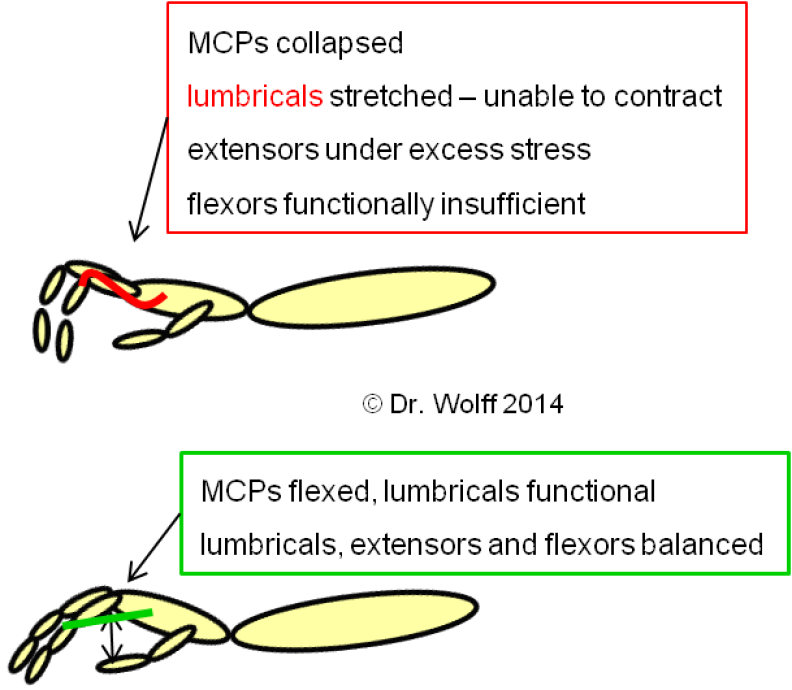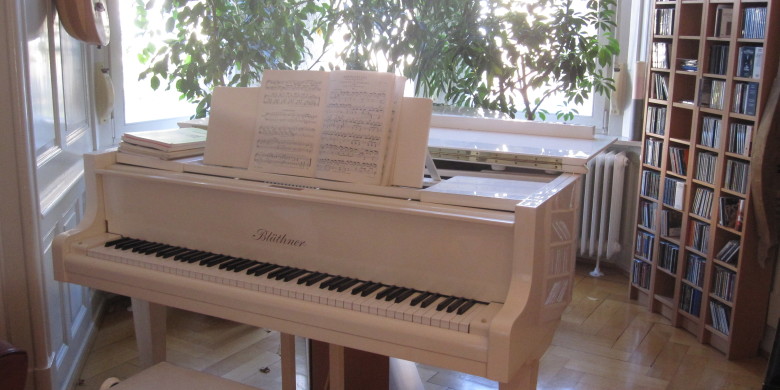Ban those "little hammers" - here's why

Ban those "little hammers" - here's why
Many piano teachers still use the image of playing with "little hammers" and have their students lift their fingers from the knuckles - really bent - and let them practice coming down on their finger tips.
If you look at this exercise from a functional (and practical) perspective, it becomes obvious why this should be banned altogether: if you grasp an object, you would never come to move your fingers from your knuckles while leaving your fingers bent.
Let's just try that for a second: put three different sized objects in front of you like a bread crumb, a rubber band, a pen. Now reach for them and grasp them. You will use very little motion from your knuckle - the larger the object gets, the larger you will open your hand but WITHOUT simultaneously flexing your fingers and extending your knuckles! Have you ever watched a baby pick bread crumbs from a table? They do it right naturally. So lets copy that motion - and before we get to that, here's the anatomical explanation:
One of the earliest things a child learns is the so-called "pinch grip" with the index finger and thumb grasping an object while engaging the lumbrical muscles and flexing the MCP joints (metacarpophalangeal joints = knuckles). This motion does not require flexing the finger joints before - in fact, it the entire motion comes out of the knuckles with a next to straight finger.
In this position, the lumbrical muscles are able to fine-tune the action of both flexor muscles and extensor apparatus. In turn, while deriving the "hammer-motion" from hyperextending the knuckles with finger joints bent means to make three muscle groups unhappy: extensors work hard while being stretched - this relates to the strong flexion of the fingers which "use up" and passively stretch the extensors. The flexors are working simultaneously - quite hard - which does add to the overall tension which is employed. In this position, the lumbrical muscles are stretched to an extend that they cannot be activated any longer - they are void of function. This entire picture leads to overloading the entire hand, the muscles of both hand and forearm and can - in the long run - lead to overuse symptoms or even focal dystonia.
If you want to avoid this, make sure to ban "little hammers" from your practicing routine - and instead, use a physiological posture of your hand that involves leaving the arches of the hand intact.
